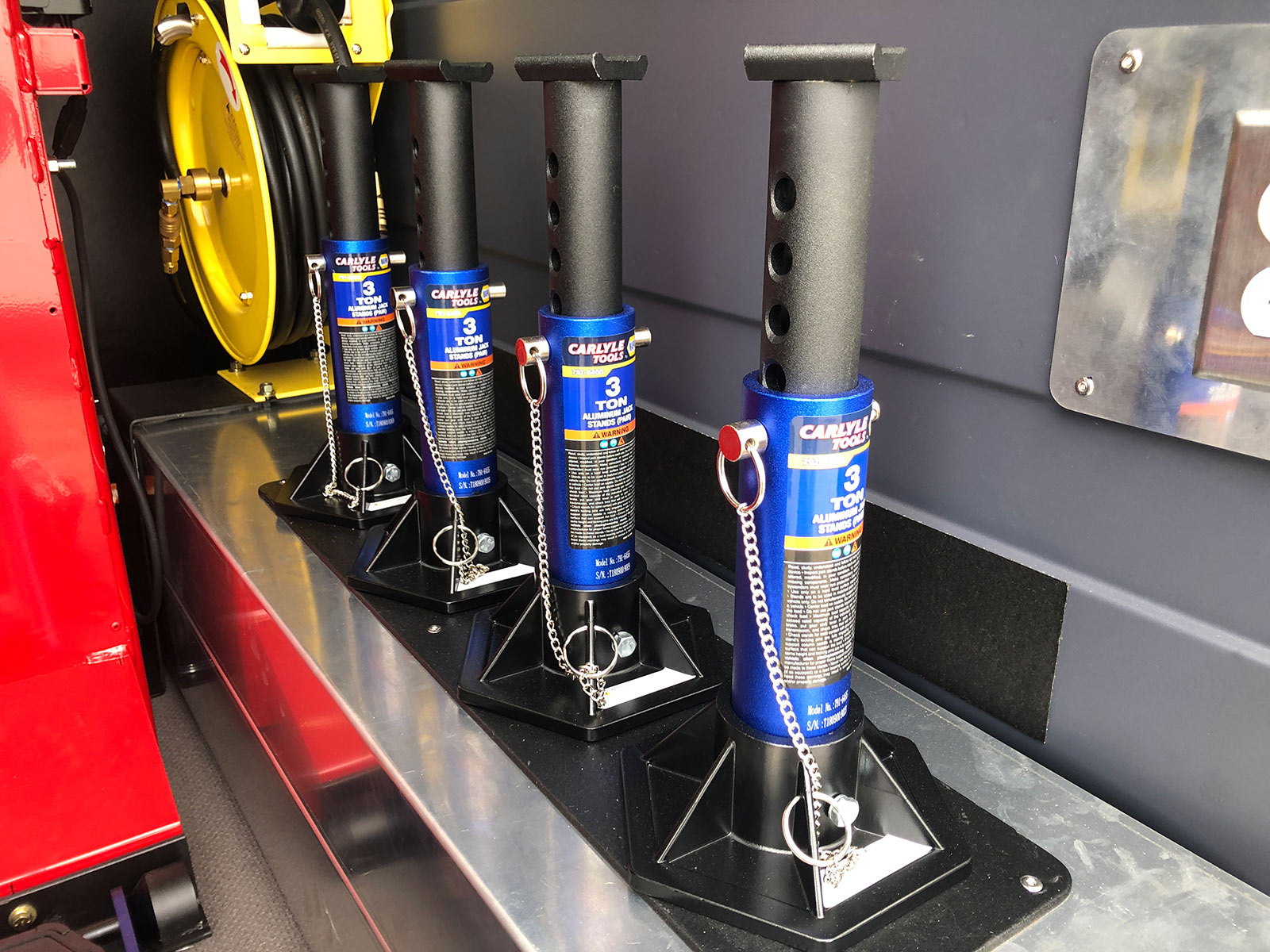Costs Mobile Tire Replacement Las Vegas - High Quality Guaranteed
Costs Mobile Tire Replacement Las Vegas - High Quality Guaranteed
Blog Article
Tire Solution: Proven Methods for Optimum Tire Upkeep and Care
Keeping ideal tire condition is paramount for both safety and security and performance of any vehicle. From making certain correct tire stress to routine rotation and positioning, there are proven approaches that can dramatically prolong the lifespan of your tires and improve general driving experience. As we explore the details of tire care and upkeep, we will discover vital guidelines that every automobile owner should stick to for the best feasible outcomes. Let's explore the world of tire service and find the secrets to keeping your tires in excellent shape for the long run.
Value of Tire Stress
Correct tire pressure is an essential consider ensuring optimal car efficiency and security on the roadway. Keeping the advised tire stress degrees offered by the maker uses countless advantages. To start with, adequate tire pressure advertises far better gas performance, as under-inflated tires can bring about raised rolling resistance, creating the engine to function tougher and eat even more fuel. Secondly, right tire pressure guarantees even tread wear, improving tire longevity and conserving money over time by delaying the need for premature substitutes. Additionally, properly inflated tires add to boosted handling and braking capabilities, essential for secure driving in different road problems. Over-inflated tires, on the other hand, can cause minimized traction and a harsher adventure. On the other hand, under-inflated tires are vulnerable to overheating, which can cause blowouts and mishaps. Frequently readjusting and checking tire stress, particularly before lengthy trips, is an easy yet reliable way to boost vehicle performance, expand tire life-span, and prioritize security when driving.
Tire Rotation Guidelines
When thinking about tire rotation guidelines, it is necessary to comprehend the value of this maintenance task in optimizing tire life expectancy and preserving ideal car performance. Tire rotation entails transforming the placement of each tire on a car to guarantee even tread wear. Front tires tend to put on faster than rear tires because of steering pressures, making routine rotation essential for well balanced wear patterns. The advised rotation pattern varies relying on whether an automobile is front-wheel, rear-wheel, all-wheel, or 4x4. Commonly, tires need to be turned every 5,000 to 7,500 miles, or as recommended in the vehicle guidebook. Overlooking tire rotation can cause uneven wear, influencing handling, traction, and possibly compromising car safety and security. By sticking to proper turning guidelines, motorists can extend the life of their tires, boost gas effectiveness, and enhance total driving experience. Regular turning is a simple yet reliable maintenance method that contributes considerably to tire long life and automobile performance.

Advantages of Wheel Alignment
Ensuring appropriate wheel placement after tire rotation is critical for maintaining well balanced wear patterns and making the most of lorry performance. Additionally, correct wheel positioning assists to expand the lifespan of your tires. Misaligned wheels can cause unequal tire wear, leading to early tire substitute and increased maintenance expenses.

Tire Footstep Depth Examine
Carrying out a normal assessment of tire step depth is crucial for maintaining secure driving problems and extending the life-span of your tires. The tread on your tires plays a vital role in offering grip, especially in unsafe or wet conditions. To examine your tire step depth, you can utilize a step depth scale or the dime test. The suggested walk deepness goes to least 2/32 of an inch. It is time to replace your tires to guarantee ideal performance and security on the roadway if the tread depth is listed below this limit. Irregular walk wear can indicate problems with tire positioning, suspension, or stress, highlighting the importance of normal walk deepness checks. Overlooking sites to keep an eye on and keep correct step deepness can cause lowered grip, longer braking ranges, and a raised threat of hydroplaning. By integrating tire walk depth look into your regular upkeep routine, you can drive with self-confidence knowing that your tires remain in leading condition.
Seasonal Tire Evaluation
Seasonal tire assessment is a basic element of tire maintenance that ensures tires are ready to encounter the obstacles presented by different weather problems. In prep work for wintertime, it is important to check the tire stress consistently as chilly temperature navigate to this site levels can cause tire pressure to drop. By carrying out regular seasonal tire examinations, vehicle drivers can extend tire life expectancy, enhance gas efficiency, and most notably, make sure a protected driving experience in differing weather condition conditions.
Final Thought
In verdict, preserving proper tire stress, rotating tires regularly, straightening wheels correctly, monitoring walk deepness, and carrying out seasonal inspections are necessary techniques for optimal tire treatment. By following these verified methods, motorists can guarantee their tires last longer, do better, and add to total vehicle security. It is crucial to focus on tire maintenance to avoid crashes, improve fuel effectiveness, and lengthen the life expectancy of tires.
Ample tire stress promotes better gas efficiency, as under-inflated tires can lead to enhanced rolling resistance, triggering the engine to function tougher and consume more fuel.When thinking about tire click here now turning standards, it is essential to understand the significance of this maintenance job in optimizing tire life-span and maintaining optimum automobile efficiency. Seasonal tire inspection is a fundamental facet of tire maintenance that ensures tires are prepared to encounter the obstacles posed by various climate conditions. By conducting regular seasonal tire inspections, chauffeurs can prolong tire life expectancy, boost fuel effectiveness, and most notably, make sure a safe driving experience in varying climate problems.
In verdict, preserving proper tire pressure, revolving tires routinely, aligning wheels appropriately, monitoring step deepness, and conducting seasonal inspections are essential techniques for ideal tire care.
Report this page